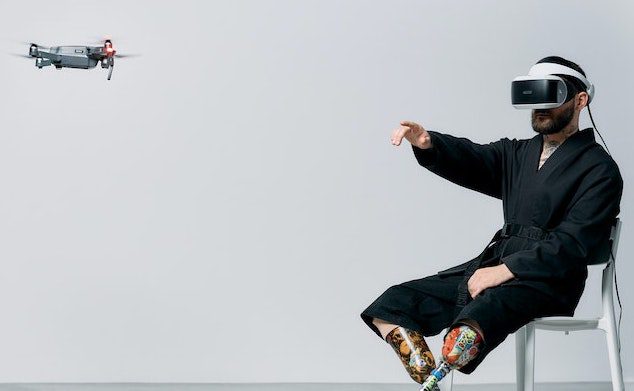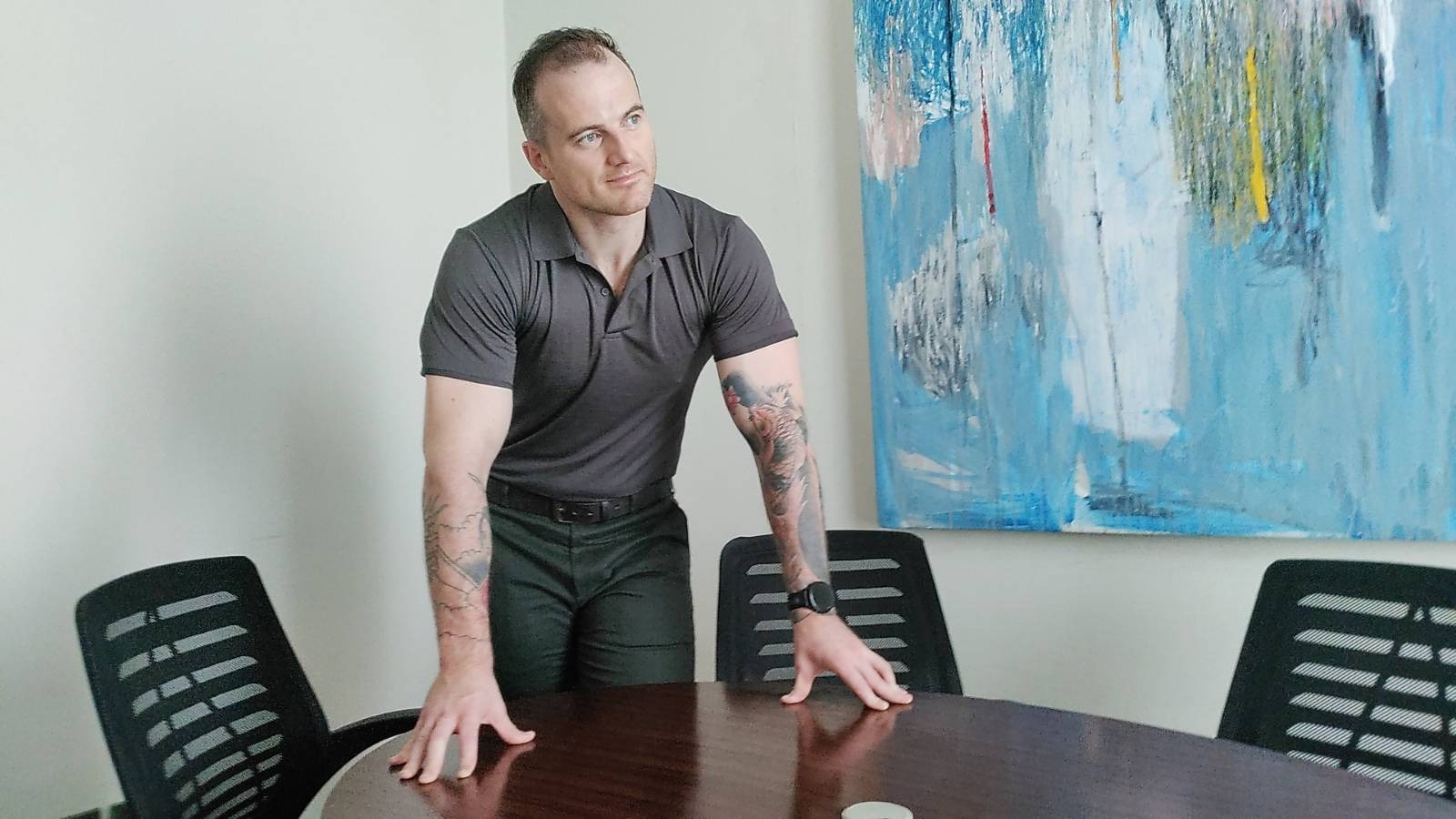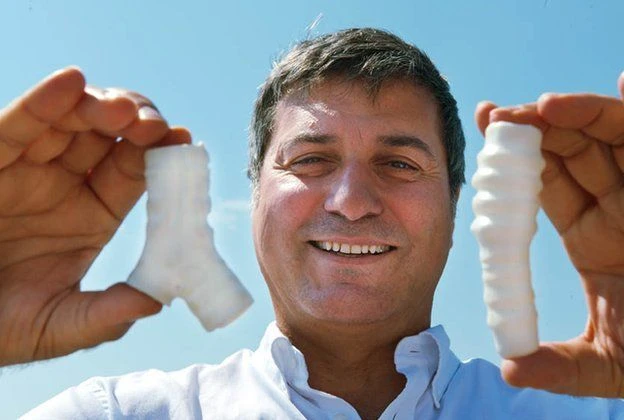
Virtual reality (VR) technology is no longer just for gaming and entertainment, it has now found its way into the healthcare industry and is being used in a variety of ways to improve patient outcomes and experiences.
From managing pain during surgery to helping patients overcome phobias, VR is proving to be a valuable tool in the medical field. But what exactly are the ways in which VR is being utilised in healthcare and how is it making a difference?
This article will delve into the various ways in which VR is being used in healthcare, providing specific examples and exploring the potential benefits and limitations of this innovative technology. From remote consultations to medical training, VR is revolutionising the way we approach healthcare and making medical care more accessible to people all over the world.
Reduce anxiety during childbirth
Together with artificial intelligence, one of the most common uses of VR in healthcare is for treating pain. Studies have shown that virtual reality can help to distraction from pain signals and reduce the perception of pain. VR has also been found to be effective for reducing anxiety before procedures such as medical procedures or childbirth.
Alleviate exposure therapy
PTSD is another condition that VR is being used to treat. Exposure therapy – which involves exposure to the thing that someone fears – is often used to treat PTSD, and VR can be used to create simulations of real-life situations without putting people in actual danger.
Pain management
VR has been used to help patients manage pain by providing them with an immersive virtual environment that can distract them from their pain. This can be particularly useful for patients who are dealing with chronic pain or who are recovering from surgery.
A study conducted in 2016 found that patients who used VR during dental procedures reported a significant reduction in pain and anxiety. Another study found that patients who used VR during burn wound dressing changes reported a significant reduction in pain and an increase in satisfaction with their treatment.
Rehabilitation
Virtual reality has been used to help patients recover from injuries or illnesses. For example, it can be used to help stroke patients recover their ability to move and speak, or to help amputees learn to use prosthetic limbs.
One study found that stroke patients who used VR-based rehabilitation therapy had significant improvements in their upper extremity function compared to those who received conventional therapy. Another study found that VR-based therapy was effective in helping amputees to improve their prosthetic limb control and mobility.
Mental health treatment
VR has been used to treat a variety of mental health conditions, such as post-traumatic stress disorder (PTSD) and phobias. For example, VR can be used to expose patients with PTSD to virtual environments that resemble the traumatic event, allowing them to process and overcome their trauma in a controlled and safe environment.
A study found that veterans with PTSD who received VR-based exposure therapy had a significant reduction in PTSD symptoms compared to those who received standard care. Another study found that VR-based therapy was effective in treating patients with acrophobia (fear of heights) by gradually exposing them to virtual environments that simulate heights.
Patient education
VR can be used to educate patients about their condition and the treatment options available to them. It can also be used to help them prepare for procedures, such as surgery, by allowing them to see a virtual representation of the procedure. For example, a study found that patients who used VR to learn about their upcoming joint replacement surgery reported higher levels of satisfaction with their treatment and a better understanding of the procedure. Another study found that VR-based patient education improved patient understanding of their cancer treatment options.
Remote consultations
VR technology can be used to connect patients and doctors remotely, allowing them to have virtual consultations and even virtual check-ups. This can be especially useful in rural or remote areas where access to medical care is limited. For example, a study found that patients in rural areas who received virtual consultations with specialists had similar outcomes to those who received in-person consultations. Another study found that patients with multiple sclerosis who received virtual check-ups with their neurologist had similar outcomes to those who received in-person check-ups.
Training medical professionals
VR has been used to train medical professionals, such as surgeons and nurses. It allows them to practice procedures and techniques in a virtual environment before performing them on real patients. For example, a study found that surgical residents who trained with VR simulators had a significant improvement in their laparoscopic skills compared to those who trained with traditional methods. Another study found that VR-based training improved the skills of nurses in performing central venous catheter insertion.
For example, it could be used for training future doctors or nurses, aiding in diagnosis by providing immersive 3D representations of symptoms or scans, helping patients with disabilities regain some mobility, providing social support for people who are isolated due to health problems, or even just giving people a break from the reality of being in a hospital.
Promising applications
Although virtual and augmented reality are still a relatively new technologies, and more research is needed to determine its efficacy for various healthcare applications, their potential uses hold promise for transforming healthcare in the future.
It is worth noting that the examples provided are from studies that have been done in the past and more recent studies have shown even more promising results in all the areas mentioned above. As the technology and its applications keep improving, it is expected that VR will become an even more valuable tool in healthcare.





